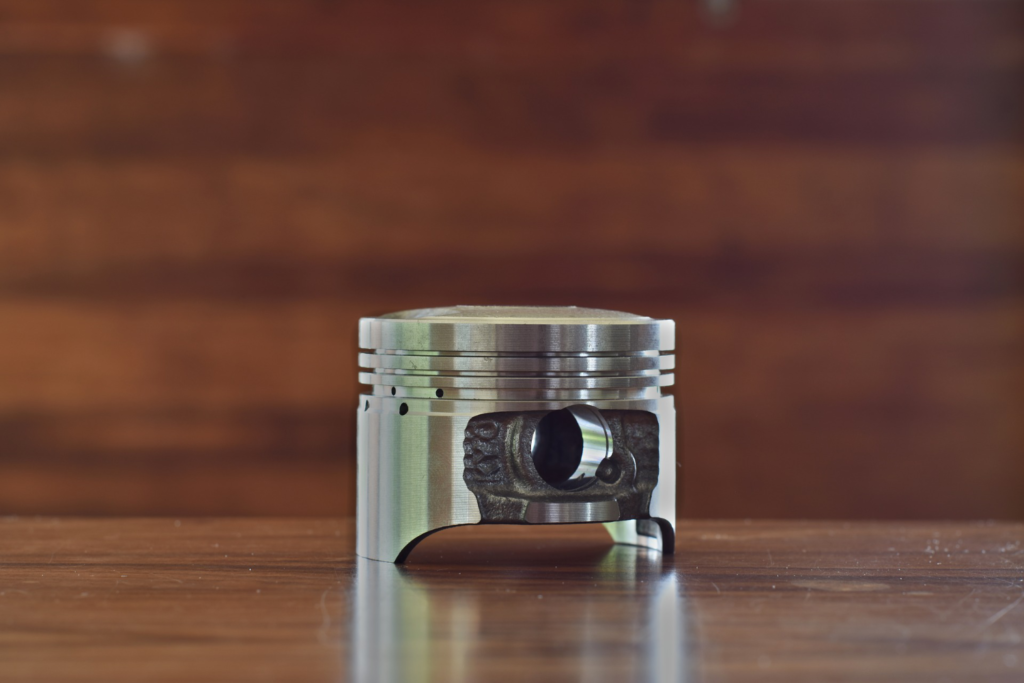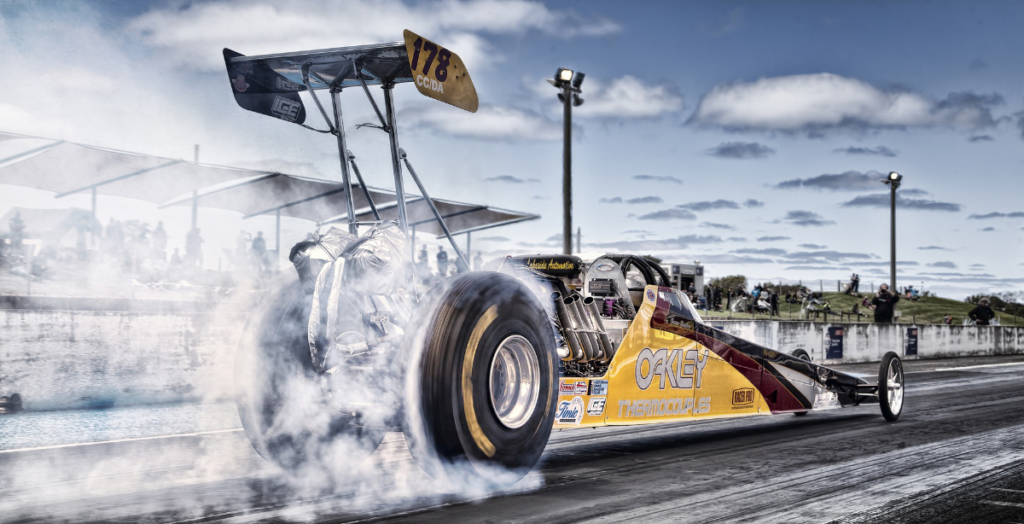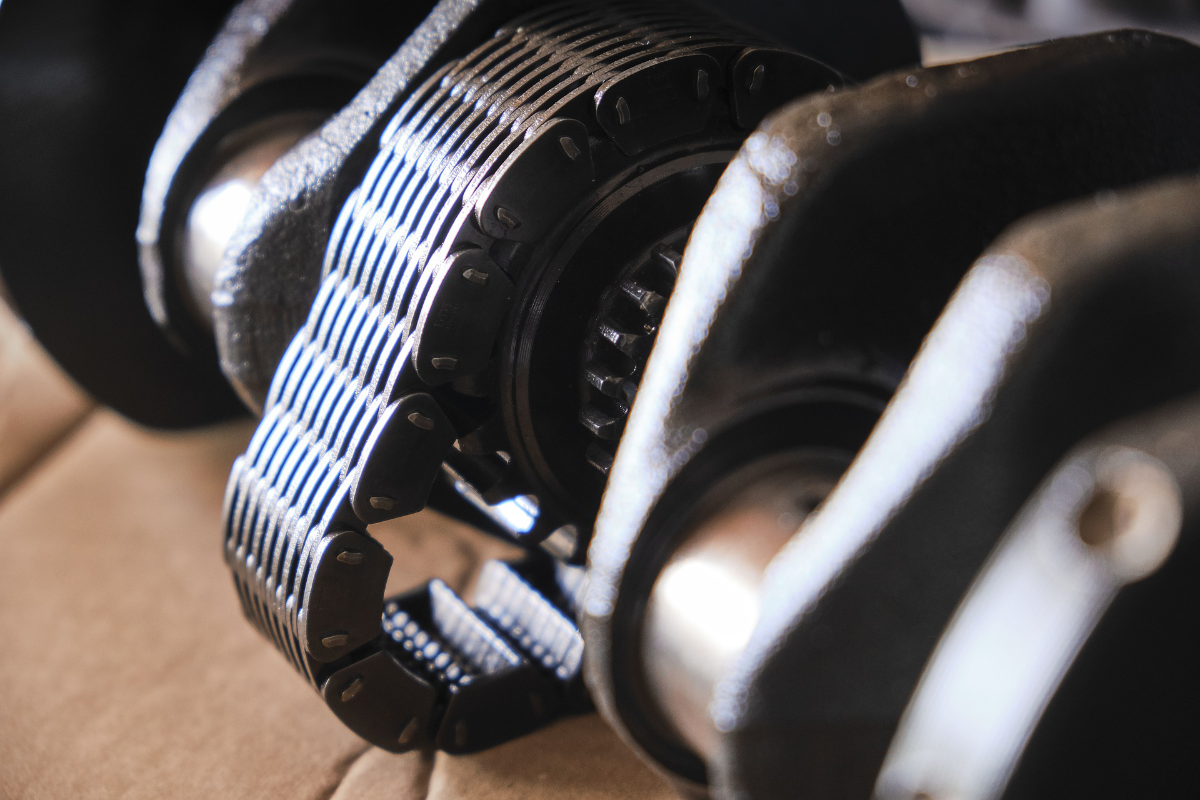Curious about engine balancing? You’re in good hands, we will take you through the process of engine balancing and some forces that cause your engine to need balancing. Let’s get started!
Engine Balancing
Engine balancing is the act of balancing the rotating mass of an engine assembly. You may ask yourself why would I want to do is? Think of your washing machine when all the clothes get stuck on one side. At low RPMs your washing machine is fine but as it spins faster, it wobbles uncontrollably.
The same thing applies to your engine, if you want more RPM you will have to have everything in balance. More RPMs mean we can achieve more power. If you’re not into power, it will allow your engine to last longer because there will be less vibration, which, will cause increased wear on the internal components of your engine.
Why is your engine out of balance?

That is because of the primary and secondary imbalance created by the piston movement within the engine. Most of the imbalance is taken out with counterweights on the crankshaft. While the rest may need taken out with external counterweights.
Primary Imbalance
The primary imbalance of the engine is created by the force of the pistons moving up and down within the cylinders. Most of that imbalance is counteracted by the crankshaft counterweights and will happen once per revolution.
Click here to get a more detailed explanation of primary imbalances.
Secondary Imbalance
Secondary imbalances are caused by the piston rotation on the crankshaft. As the piston moves up and down the crank rotates the piston away from center, causing the throw of the piston to move faster at the top of the rotation compared to the bottom of the rotation. This creates the secondary imbalance that will happen twice per revolution.
Click here to get a more detailed explanation of secondary imbalances.
Why balance your engine?
The easiest answer is you will extend the life of your engine, much like your washing machine, the thing will begin to shake and, eventually, the components will not stand up to the force of the vibration. Balancing your engine will allow it to spin to higher RPMs where you can take advantage of all the performance upgrades you will do to your car.
Higher RPMs mean more work is done, which means more horsepower.
Remember that as we increase RPM beyond stock, you need to look at other problems you may create. Your oil pump will likely need upgraded, your camshaft will need swapped out to take advantage of the higher revs, and you will need to upgrade your valve train components. For reference, small block Chevys are only good to approximately 6,000 RPMs with stock components.
What is a balancing shaft?
On certain engines, balancing shafts are used to counter secondary engine imbalances by rotating two counterweighted shafts that oppose the rotating mass of the engine. These shafts operate much like a camshaft but their sole purpose balance the engine. A drive belt operates the two shafts rotating them in opposing directions.
What will your engine builder need?
Your engine builder will need your entire rotating assembly.
- Pistons
- Rings
- Rods
- Pins
- Bearings
- Fasteners (rod bolts, flywheel bolts, etc.)
- Crankshaft
- Harmonic Balancer
- Flywheel or Flexplate
- Any counterweights needed to balance the rotating assembly.
You will get a list from your engine builder on the specifics of what he needs to do the balance. Make sure you have all the components ready to go.
How is it done?
Engine balancing is accomplished by removing material from the rotating assembly to ensure that the weight of all components are equal.
Holes are drilled, and metal is filed away to equalize the weight of each component. A balancing machine will determine where weight will be removed from the rotating assembly.
External Balancing
External balancing is when balance is achieved with the external components via counterweights. This style of balancing is effective but does not result in the best balance due to the counterweights rotating at a greater distance from the primary rotating mass of the crankshaft.
Good engine builders will balance your engine by removing weight from the counterbalance weights first and then off the crankshaft reducing external centripetal forces.
Internal Balancing
Internal balancing is done at the crankshaft, meaning that the crankshaft is in balance and will not require the use of counterweights. As this is the most effective form of balance it will allow you to achieve the highest RPMs from your engine.
Since no counterbalance weights are used, the centripetal force is concentrated around the crankshaft, which reduces potential vibrations.
Balancing Piston Rods
All piston rods will be weighed and material removed from each rod to create balanced rods. Each rod will be measured twice, once at the crankshaft side, and once at the piston side.
Your engine builder will take one side and weigh all the rods. Material, from that side of the rod, will be removed to match the rest of the rods. He will then repeat the process on the other side of the rod.
Balancing Pistons

Each piston will be weighed and, if out of balance, will have a small amount of material taken from them to match the pistons together. Pistons will be matched to within approximately one-tenth of a gram.
All the pins, piston rings, and bolts will be measured to ensure that the weights match.
Balancing Crankshaft
Using the weights of the rods, pistons, rings, bearings, and connecting components the crankshaft will be rigged up on a balancing machine with weights matching the listed components. The flexplate or flywheel and the harmonic balancer will be attached to the crankshaft creating your rotating assembly.
Your rotating assembly will then be spun and sensors will detect where the rotating assembly is out of balance. The location of the imbalances will be logged, front and back, and the amount of weight that needs to be removed will be displayed.
The assembly will be rotated to the correct positions and material will be added or removed from the correct positions on the crankshaft to balance the rotating mass of your engine. Adding material is less common but can be done by welding up the pre-drilled holes on the crankshaft. Removing material is performed with a drill press that attaches to the engine balancer.
Balancing Flywheels and Flexplates
The flywheel is balanced dynamically by spinning it on a balancing machine. Sensors will detect how out of balance the flywheel is and holes will be drilled in the flywheel on the heavy side to bring the flywheel into balance. The flywheel will then be spun up again to ensure balance was achieved.
With an internally balanced crankshaft, your flywheel should be balanced before balancing your crankshaft. This will ensure that the crankshaft has the minimum amount of material removed from it.
Now what?

You’ve taken your engine from revving at 5000 RPM to 7000 RPM but the sad news is that probably won’t get you any more horsepower than you had before without the help of a new cam… stay tuned for our article on camshafts.
Engine balancing is the best way to ensure a longer engine life and an amazing way to create power when upgrading your engine. The higher the revs the more horsepower you will create and the faster your car will go. Any build you do is not complete without a professional engine balance.
Another fun YouTube video on balance here.
Thanks for reading! Feel free to leave a comment below and sign up for our newsletter.


